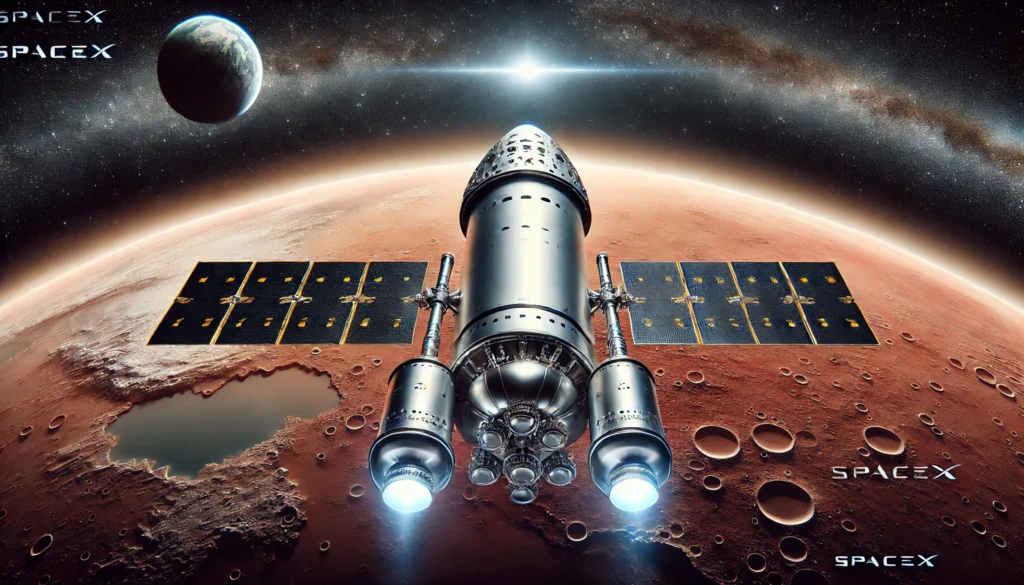Interstellar travel has long been a dream for humanity, inspiring countless works of science fiction. Today, advancements in interstellar propulsion systems are bringing us closer to making this dream a reality. Innovations in propulsion methods and spacecraft design are paving the way for journeys beyond our solar system.

Interstellar propulsion systems : Imaginary image.
Fusion Propulsion: Harnessing the Power of the Stars
One of the most promising developments in space exploration is fusion propulsion. Unlike traditional chemical rockets, fusion propulsion seeks to harness the energy produced by nuclear fusion—the same process that powers the sun. This method could provide continuous and efficient thrust, significantly reducing travel times to distant celestial bodies. NASA has been exploring fusion propulsion concepts, aiming to enable human exploration beyond Mars to the moons of the outer planets and potentially even interstellar destinations.
Directed Energy Propulsion: Riding the Light Beam
Another innovative concept is Directed Energy Propulsion for Interstellar Exploration (DEEP-IN). This approach involves using powerful lasers to propel spacecraft equipped with light sails. By directing a focused beam of light onto the sail, the spacecraft can achieve significant speeds, potentially reaching nearby star systems within decades. While still in experimental stages, DEEP-IN offers a glimpse into the future of fast, efficient space travel.
Challenges Ahead: Navigating the Unknown
Despite these advancements, interstellar travel presents numerous challenges. The vast distances between stars mean that even at high speeds, journeys would take many years. Additionally, protecting spacecraft and their occupants from cosmic radiation and micrometeoroids remains a significant concern. There’s also the challenge of developing life support systems capable of sustaining astronauts for extended periods in space.
Also Read : Space Telescopes Stumble on LID 568: A Record-Breaking Black Hole Discovery
The Role of International Collaboration
Achieving interstellar travel will likely require collaboration on a global scale. International space agencies, private companies, and academic institutions must work together, sharing knowledge, resources, and technology. Such partnerships can accelerate the development of the necessary technologies and overcome the financial and logistical challenges inherent in interstellar exploration.
Looking Ahead: A New Era of Exploration
As research progresses, the dream of traveling to other star systems inches closer to reality. The innovations in interstellar propulsion systems and international collaboration are setting the stage for a new era of exploration. While significant hurdles remain, the pursuit of interstellar travel embodies humanity’s enduring desire to explore the unknown and expand our horizons beyond the confines of our solar system.





Pingback: SpaceX's Starship: Charting Humanity's Path to the Stars
Pingback: How Do We Find Exoplanets? How We Find Alien Worlds